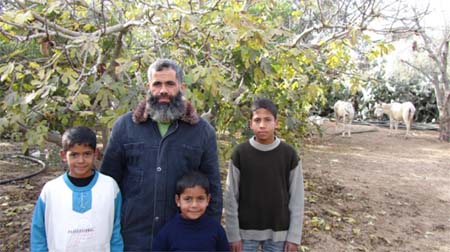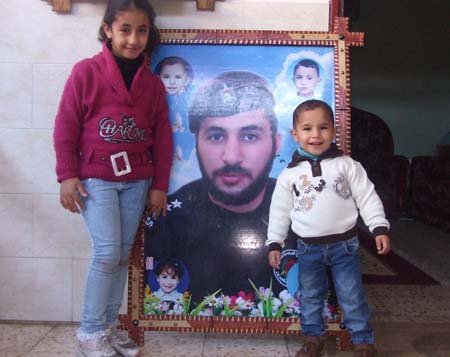Tag: Gaza
-
Raw memories of war
by Yousef M. Aljamal 27 December 2011 | Center for Political and Development Studies Simply put, I hate war. I love peace, for I don’t live peacefully just like others. My youngest sister hates war too. She could never forget the sounds of American-made F16s raiding Gaza’s only Power Plant, burning it to ashes, which…
-
28 December 2008: The Abu Taima family
27 December 2011 | Palestinian Center for Human Rights “Living under occupation means that whatever hopes we have, it will fall apart one day. For example, you bring up your child and put all of your hopes in him or her, but then they come and kill your child and all your hopes are destroyed.”…
-
27 December 2008: The Al Ashi family
27 December 2011 | Palestinian Center for Human Rights “For the upcoming anniversary of the war, me and other women who lost husbands in the attack plan to give gifts to orphans who lost their fathers during the war. The gifts will be inscribed with the words ‘On this day you are the beloved ones of…



